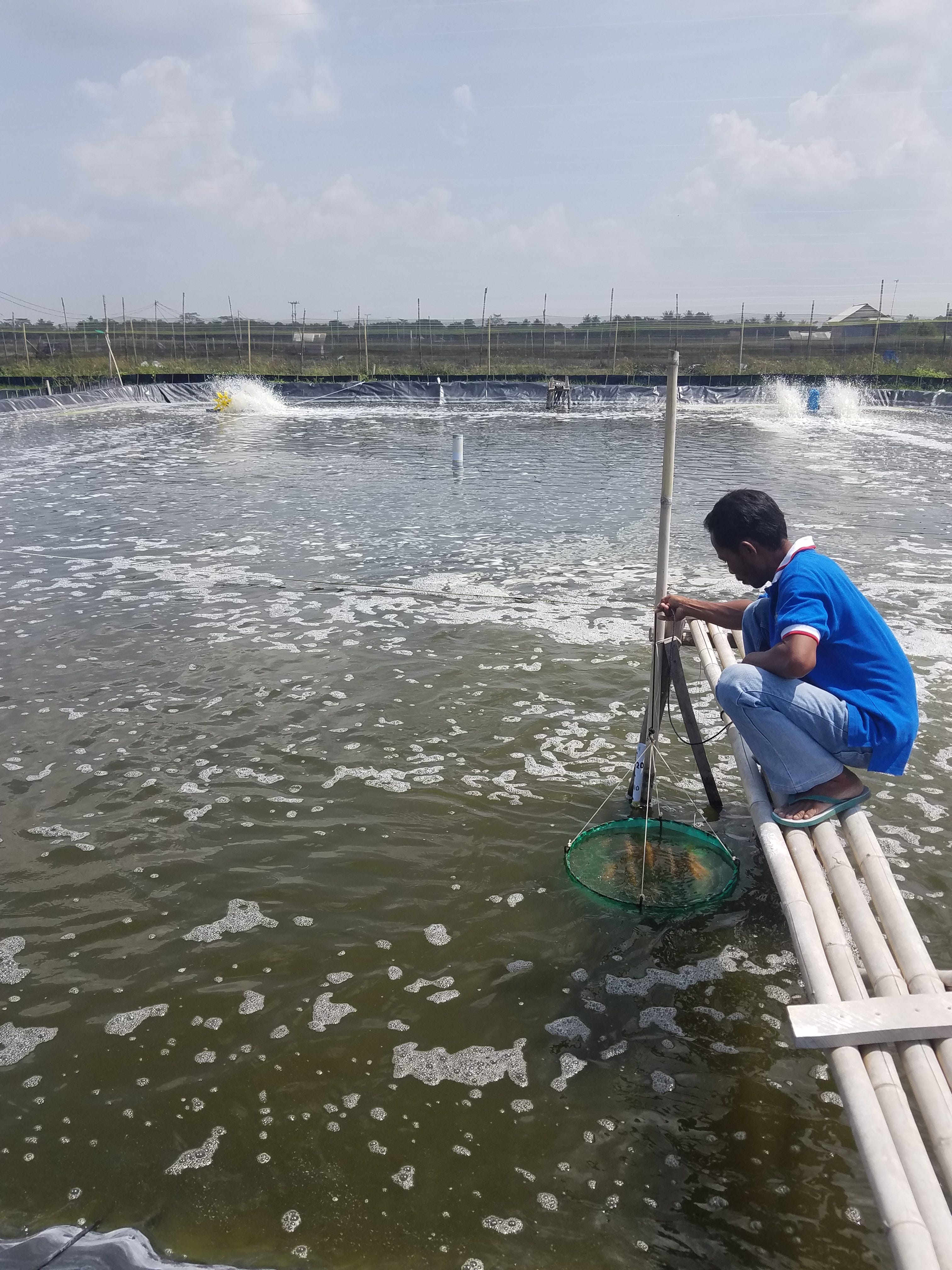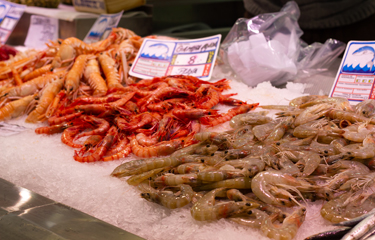The 2025 Global Shrimp Forum in Utrecht, Netherlands, gathered over 580 industry stakeholders to discuss challenges and opportunities in the global shrimp supply chain. Key discussions included climate-smart farming practices, supply chain transparency, and response to global trade. The forum also launched a "Carbon Footprint of Farmed Shrimp: An Industry Guide."
Wild-caught shrimp must plug the sector’s data gaps
The Marine Stewardship Council (MSC) hosted a "wild-caught shrimp summit" to highlight the sustainability journey of wild-caught shrimp fisheries, accounting for 27% of global shrimp production. Wild-captured shrimp makes up between a third and 35% of global trade. However, only a third of global shrimp stocks are certified or part of fishery improvement projects, and two-thirds have not been assessed or have sustainability classification. This highlights data gaps in the industry, posing risks to reputation, consumer trust, market access, and regulatory compliance.
Fisheries managers can make informed decisions to recover fish stocks and are included in the United Nations' SDG 14 ocean targets. The UN recognizes the need for collaboration between the public and private sectors, using certification systems like MSC. Shrimp fisheries are increasingly engaging with MSC, with 17 species of wild-caught shrimp and 500,000 MT of MSC-certified products available globally. Sustainable operations, particularly in the Global South, are addressing reputational risks and promoting sustainable long-term opportunities for wild-caught shrimp.
Small-scale shrimp producers: the inclusivity challenge

Figure 1: Small-scale shrimp farm in Indonesia
The Aquaculture Stewardship Council (ASC) has addressed the challenges faced by small-scale shrimp farmers, particularly in Honduras and Indonesia, in surviving in a global industry. The council aims to help these independent ventures progress and meet current and future demands by addressing institutional hurdles and promoting shared thought leadership in the shrimp industry. The industry provides direct employment for 20,000 people and generates USD 280 million annually. However, environmental vulnerability and market access have become increasingly difficult, and financial access is the biggest barrier to further industry expansion. ASC is working to create a coalition of front-runners to test and bring to scale existing best-practice models and novel ideas around finance and onboarding new technologies. In Indonesia, the small-scale sector faces financial challenges, as banks don't see these producers as creditable. The council is considering implementing a new "baseline code" to standardize practices, enable market access, improve supply chain efficiency, and give local ownership. Communication is also a key issue, as aquaculture could fit naturally into green loans and opportunities if bankers understood its value.
Growing the pie – why shrimp needs to focus on consumer consumption

Figure 2: Diverse shrimp products on the market
The shrimp industry is focusing on growing its share of the consumer wallet rather than competition between producers in Latin America and Asia. Nutreco CEO Bastiaan van Tilburg highlighted the importance of innovation and collaboration in the industry, highlighting the potential of the Indian market and the need for growth in per capita consumption. He highlighted the importance of farm technifications in improving performance on factors like survival rates, cycle dates, growth, and size variation. Van Tilburg also emphasized the need for shrimp supply chains to avoid greenwashing by providing specific, substantiated claims. Green advertising, which includes marketing related to the environmental benefits of products and services, is becoming increasingly regulated, and non-compliance could result in enforcement and negative exposure. To avoid greenwashing, shrimp supply chains should map regulatory landscapes, adapt to each culture and market, align marketing with product reality, and prepare for scrutiny.
Shrimp exports and imports – What’s shaping trade in 2025
The Export and Import Panel at the Global Shrimp Forum discussed the growth of Ecuador's headless and peeled shrimp exports, disrupting traditional markets dominated by India, Vietnam, and Indonesia. Ecuador's exports surged 70% in the first half of 2025, with a projected 1.4 to 1.5 million MT for the year. US President Donald Trump's proposed reciprocal tariffs are expected to accelerate Ecuador's competitive advantage. The supply landscape is consolidating, favoring Ecuador and India in the long term. India's shrimp exporters are eyeing European and Japanese markets as alternative outlets, while US imports increased significantly in the first half of 2025. Negotiations between the EU and India are expected to be signed in October.
Lessons from poultry: what the future holds for feed formulation
Feed formulation is crucial for the sustainability and profitability of the animal protein industry, according to David Nickel, VP of Sustainability & Business Solutions at DSM-Firmenich Animal Nutrition and Health. He highlighted that by 2050, animal protein demand will increase by 30%, consuming up to 80% of the world's carbon budget. Precision nutrition is key to reducing this, as about 70 percent of the world's soybeans are going into animal feeds, and 37-38 percent go into poultry feed. Nutrition is a significant driver of costs, with 50 to 80 percent of the footprint of animal production coming from nutrition. The shrimp industry could take inspiration from poultry, which is focused on nutrition, to move towards precision feed formulation and match ingredient nutrient specifications to species' requirements at the lowest cost. The shrimp industry is also transitioning towards more diverse and sustainable innovation, particularly in establishing alternative raw materials. Functional feeds for shrimp have become increasingly important, focusing on marine ingredients and understanding the EPA and DHA requirements of the species.
References: Jason Holland - Global Seafood

 Facebook
Facebook  Youtube
Youtube  VN
VN

 Youtube
Youtube  Linkedin
Linkedin  Facebook
Facebook 
